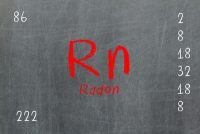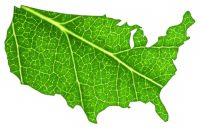7 Things Everyone Needs to Know About Radon Risk
7 Things Everyone Needs to Know About Radon Risk 1. Radon is a radioactive element that is derived from the decay of radium (uranium) that occurs in almost all soils. At normal temperatures, radon is an extremely toxic, colorless, invisible gas that moves up through the ground to the air above and can enter […]










